
 Nick Pelios
Freediver, Creator
Nick Pelios
Freediver, Creator

 Nick Pelios
Freediver, Creator
Nick Pelios
Freediver, Creator
Picture this: you descend into the blue, no air in your lungs, only what you’ve stored. The water pressure begins pressing in. Your heart rate drops. Oxygen becomes precious. Your muscles strain with each fin kick; efficiency is everything. In freediving, performance isn’t just about lung capacity or breath holds. It’s about strength, efficiency, resilience, mental calm. Weight lifting helps all of those. Even if many freedivers primarily focus on apnea training, those who pair strength work with breath holding tend to do better, longer, and deeper. Here’s how, backed by science and data.
When you freedive, the ability to draw in big volume, control the descent, rezsist pressure, kick up with efficiency, and return without panicking depends heavily on your respiratory system, not just your lungs, but everything that supports breathing. That includes intercostal muscles, diaphragm, accessory muscles of inspiration, even your abdominal wall for stabilization.
A recent study (2024) of artistic swimmers paired strength training with inspiratory muscle resistance training. After just five weeks, subjects saw improvements in VO2max, ventilation threshold, tidal volume, and inspiratory muscle strength. The combination worked better than strength training alone.
Another study on swimmers with disabilities showed that inspiratory muscle training at 50% of maximum inspiratory pressure over 8 weeks led to significant gains in inspiratory and expiratory muscle strength, reduced heart rate during submaximal efforts, and better swimming distances.
These show that adding resistance improves not just the lifting muscles but also the breathing muscles. Better breathing muscles mean better ability to take deep inhalations before a dive, better control of exhalations, and more efficient gas exchange. For freedivers, that translates to longer breath holds, less energy wasted just maintaining posture or keeping the body stable.
Competitive freedivers often have lung volumes greater than predicted norms. Some of that is genetic, some from years of apnea training and swimming. Weight lifting helps indirectly by supporting posture, allowing better thoracic expansion. Strong core and respiratory muscles reduce chest wall restrictions. If your spine is rounded, your ribs compressed, you can’t take big inhalations. Lifting helps fix that.
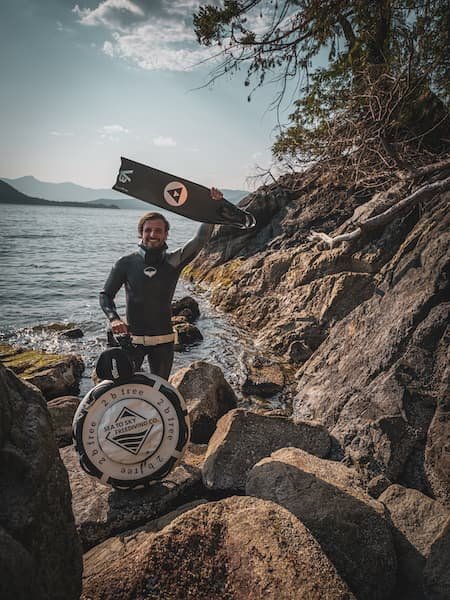
Breathing is essential, but freediving is also movement in water. Every fin kick, every glide, every arm movement costs oxygen. The more efficient your movement, the less oxygen you burn. Strength helps here.
Strong legs are essential for powerful, efficient fin kicks. Squats, lunges, deadlifts, and calf raises build leg strength and endurance. Core strength supports maintaining streamlined posture. A strong core helps your body resist unnecessary bending, maintain alignment, reduce drag. Weight lifting strengthens core and stabilizers.
There’s a modeling study on energy cost and dive optimization (Trassinelli, 2015) showing that energy cost depends heavily on drag, buoyancy, weight, and velocity, and that prolonged glides are highly beneficial. To glide well, you need good strength to overcome resistive forces and to reach an efficient velocity. Weak legs waste energy in every stroke.
Combining strength and cardiorespiratory work in apnea training protocols also shows large improvements in static apnea times.
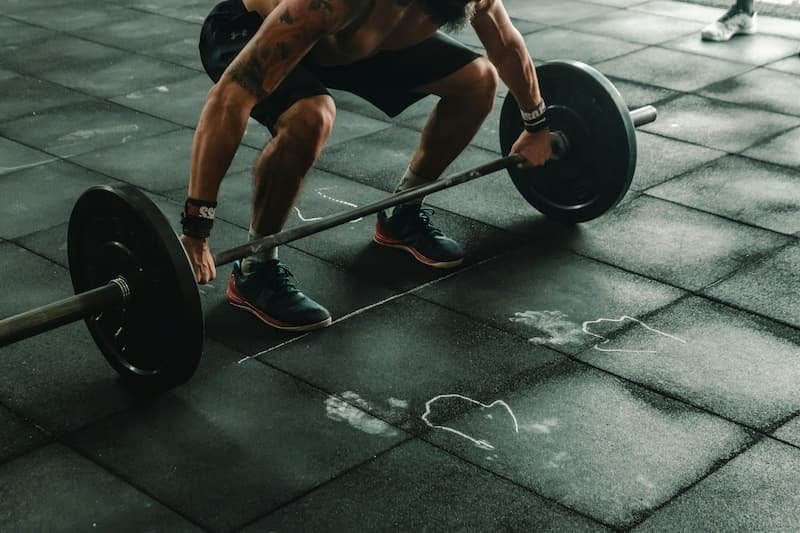
Strength isn’t just about lifting heavy once. It’s about being able to push repeatedly, resisting fatigue, and recovering well. For freedivers this includes repeated dives, dynamic apnea, swimming with fins, long sessions, sometimes cold water.
Weight lifting with moderate loads and higher reps can build muscular endurance. For example, 4 to 5 sets of 12 to 15 reps with rest intervals of 1.5 to 3 minutes. That kind of training builds strength endurance, meaning muscles sustain effort under load for longer before fatigue sets in.
Strong muscles and connective tissue recover better. Lifting strengthens tendons, ligaments, improves bone health, reduces injury risk, especially in joints used in kicking, like ankles, knees, hips. Injury prevention is critical because injuries stop both pool and depth work.
Recovery also matters. If weight lifting improves strength and moderates fatigue, you tolerate repeated dives or dynamic apnea sessions better. Muscles that fatigue less will use less anaerobic metabolism, create less lactic acid, fewer cramps, better safety and performance.
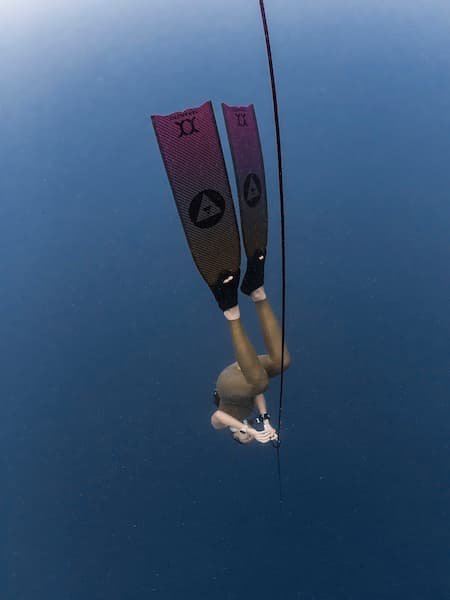
Freediving is as much about mind as body. Pausing your breathing, facing discomfort, adapting to hypoxia, controlling heart rate, and staying calm under pressure are key. Strength training contributes indirectly and directly to this.
Lifting weights is a stressor. It induces hormonal responses, adaptations in cortisol, testosterone, metabolic stress, mitochondrial signalling. Over time, as you expose yourself to controlled stress, your body becomes more resilient. That may mean handling the stress of rising CO2 and falling O2 better during apnea. You learn tolerance.
Being strong gives confidence. Knowing you can kick hard when needed, or maintain a solid body position under current, or ascend with power if needed, can reduce panic, improve decision making underwater. Discipline from lifting also transfers to freediving training: regularity, respecting fatigue, listening to the body.
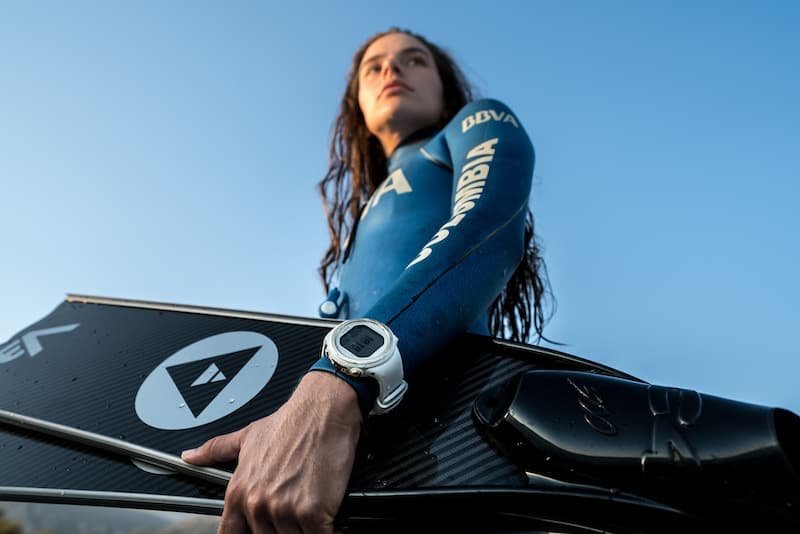
Weight lifting must be programmed carefully. Too much, wrong type, or poor timing can hurt apnea performance.
Type of lifts: compound movements like squats, deadlifts, lunges, hip hinge movements, pull ups, rows. Accessory work for core, back, shoulders, respiratory muscles.
Reps and intensity: cycles of heavy strength phases (low reps, high load) to build maximal force, plus moderate loads with higher reps for strength endurance.
Frequency and volume: 2 to 3 weight lifting sessions per week depending on freediving schedule, ensuring enough rest.
Inspiratory and respiratory training: devices or loads for inspiratory resistance combined with lifting or separate sessions. Studies show this combination improves lung function and VO2.
Periodization: cycle heavy and light weeks, taper before events, always include recovery and mobility.
Avoid pitfalls: unnecessary hypertrophy increases oxygen cost. Overtraining reduces apnea performance. Poor mobility negates gains, so include flexibility.
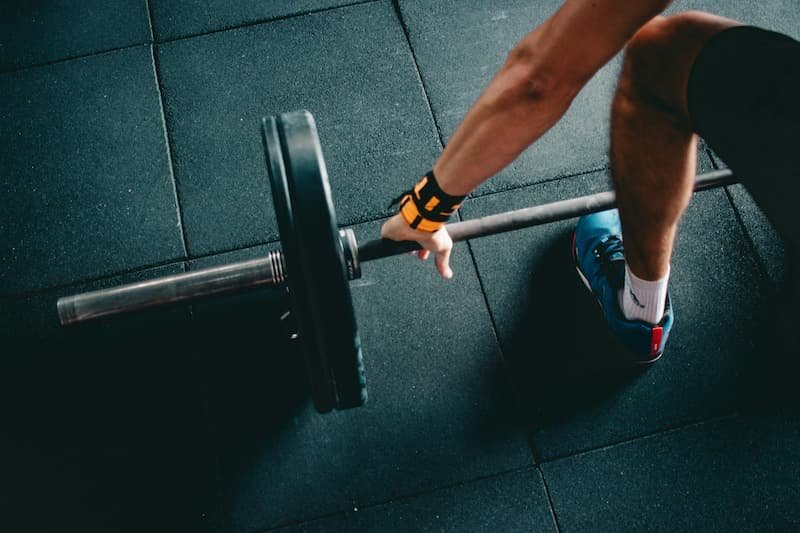
If freediving is your passion, lifting weights is more ally than distraction. It strengthens breathing muscles, core and propulsion muscles, reduces energy cost, improves endurance, builds mental toughness. The evidence suggests that combining strength training with respiratory muscle work and apnea training yields better static apnea times, better movement efficiency, and greater resilience overall. Random lifting isn’t enough. Careful programming, balance with apnea training, sufficient recovery, good technique, mobility work must all be in place.
By weaving strength training into your freediving routine, you invest in performance, safety, and longevity. You may go deeper, stay longer, suffer less, recover faster. And that, in the depths of blue, may be what separates a good dive from a great one.
References
Y. Fan, Y. Duan, Z. Gao, Y. Liu, “Inspiratory muscle resistance combined with strength training: effects on aerobic capacity in artistic swimmers”, Frontiers in Sports and Active Living, 2024.
P. Okrzymowska, et al., “The Effectiveness and Validity of Inspiratory Muscle Training”.
F. de Asís Fernández, et al., “Effects of apnoea training on aerobic and anaerobic ...” 2022.
Static apnea training study: eight weeks of static apnea training, improvements in maximum apnea time, SpO2, FVC, HR etc.
Trassinelli, “Energy cost and optimisation in breath hold diving”, arXiv, 2015.
Competitive freediver lung volume adaptations, comparative studies in “Physiological Challenges and Adaptations in Competitive Freediving” review (2024).
Weight lifting / gym training for freediving: “Gym Training for Freediving” – operational guidelines (Alchemy).